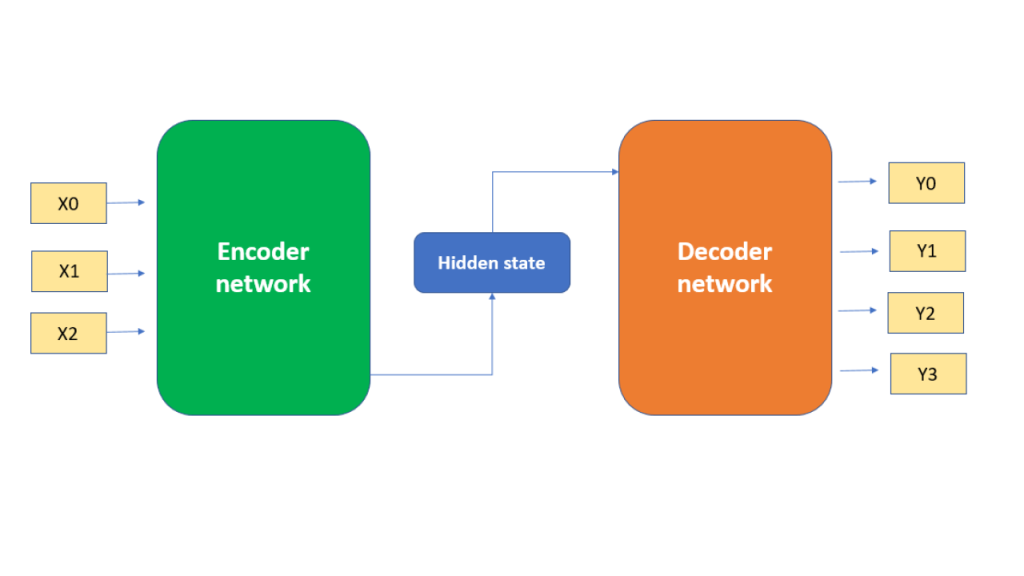Welcome to Techgues. Digital communication is ubiquitous, and adding a layer of fun or secrecy to messages can be both entertaining and educational. The Number Chat Encoder Decoder is a simple yet engaging tool designed to transform text messages into numerical codes and decode them back to their original form. This project utilizes basic encoding techniques to convert each character of a message into a corresponding numerical value, enabling users to share secret messages in a playful and interactive manner. Perfect for learning about basic cryptography or adding a twist to casual communication, this tool is accessible to beginners and enthusiasts alike.
What is the Number Chat Encoder Decoder?
The Number Chat Encoder Decoder is a program or tool that converts text-based messages into a sequence of numbers and vice versa. Each character in the input text is mapped to a unique numerical value based on a predefined system, such as the ASCII (American Standard Code for Information Interchange) table or a custom mapping. For example, the letter ‘A’ might be encoded as ’65’ (its ASCII value), and a message like “HI” could become “72 73”. The decoder reverses this process, taking the numerical sequence and converting it back into readable text.
This tool is not only a fun way to create coded messages but also serves as an excellent introduction to the principles of encoding, decoding, and basic cryptography. It can be implemented in various programming languages, making it a versatile project for coders of all skill levels.
You Also Read:
Style Voice: Innovative Voice Changer Magic!
Confident Dialer Vault Hide Files
25 GB Storage Free with HiveDisk
How It Works
The Number Chat Encoder Decoder operates on a straightforward principle: each character in a message is assigned a numerical value. Here’s a step-by-step breakdown of the process:
- Encoding:
- The user inputs a text message (e.g., “HELLO”).
- Each character is mapped to its corresponding numerical value based on a chosen system (e.g., ASCII or a custom alphabet-to-number mapping).
- For example, using ASCII, ‘H’ = 72, ‘E’ = 69, ‘L’ = 76, ‘L’ = 76, ‘O’ = 79.
- The output is a sequence of numbers: “72 69 76 76 79”.
- Decoding:
- The user inputs a sequence of numbers (e.g., “72 69 76 76 79”).
- The program maps each number back to its corresponding character using the same system.
- The output is the original message: “HELLO”.
- Customization:
- Users can define their own mapping system (e.g., A=1, B=2, …, Z=26) for simplicity or to create a unique code.
- Additional features, such as handling spaces, punctuation, or case sensitivity, can be included based on the implementation.
Implementation Example
To illustrate how the Number Chat Encoder Decoder works, let’s look at a simple implementation using Python. This example uses a basic alphabet-to-number mapping (A=1, B=2, …, Z=26) for encoding and decoding text.
Number Chat Encoder Decoder
def encode(message): “””Encode a message into a sequence of numbers (A=1, B=2, …, Z=26).””” alphabet = ‘ABCDEFGHIJKLMNOPQRSTUVWXYZ’ message = message.upper() encoded = [] for char in message: if char in alphabet: encoded.append(str(alphabet.index(char) + 1)) elif char == ‘ ‘: encoded.append(‘0’) # Use 0 for spaces else: encoded.append(char) # Keep non-alphabetic characters unchanged return ‘ ‘.join(encoded)
def decode(encoded_message): “””Decode a sequence of numbers back into a message.””” alphabet = ‘ABCDEFGHIJKLMNOPQRSTUVWXYZ’ numbers = encoded_message.split() decoded = ” for num in numbers: if num == ‘0’: decoded += ‘ ‘ elif num.isdigit() and 1 <= int(num) <= 26: decoded += alphabet[int(num) – 1] else: decoded += num # Keep non-numeric values unchanged return decoded
Example usage
if name == “main“: # Test encoding message = “HELLO WORLD” encoded = encode(message) print(f”Original: {message}”) print(f”Encoded: {encoded}”)
